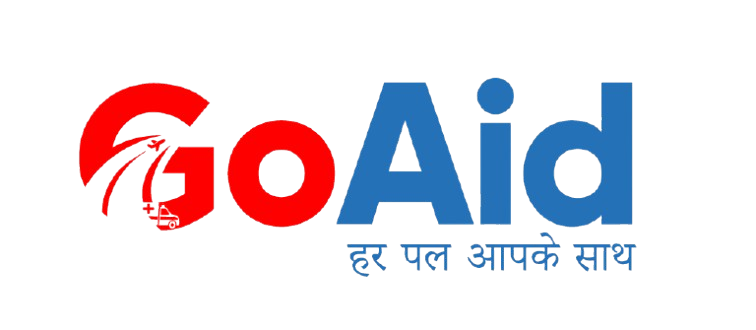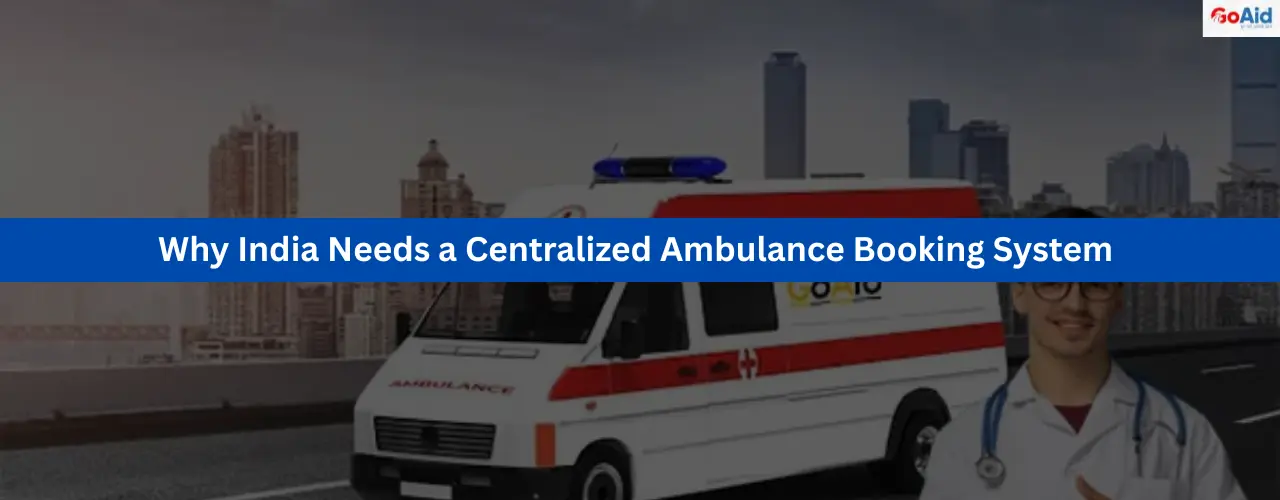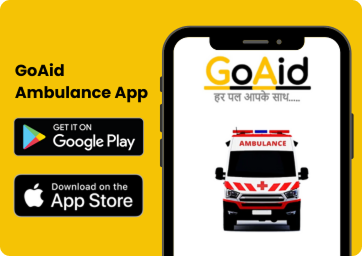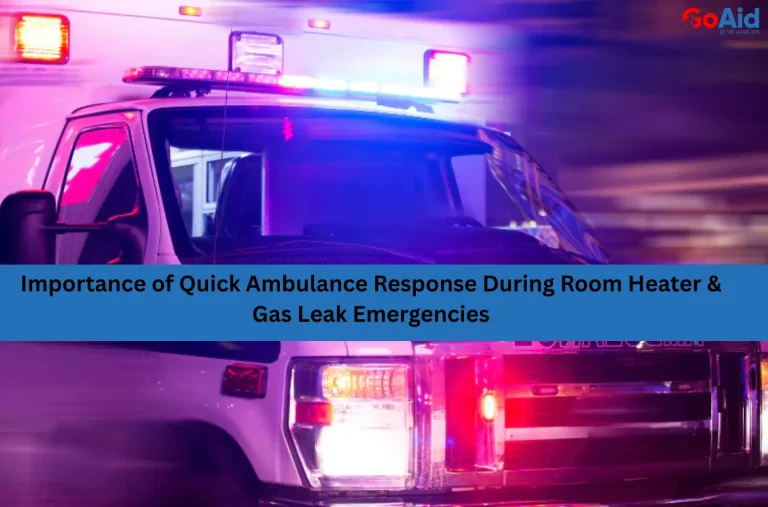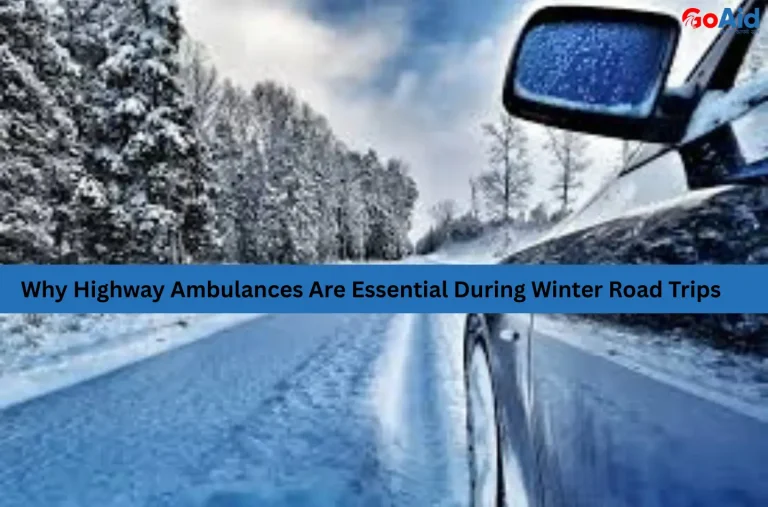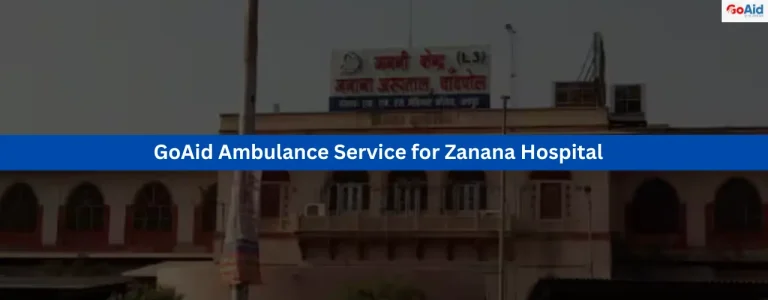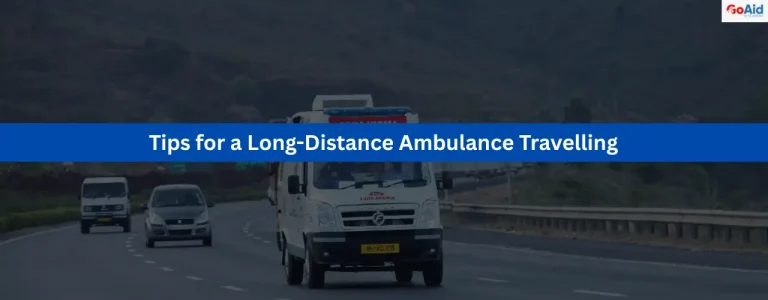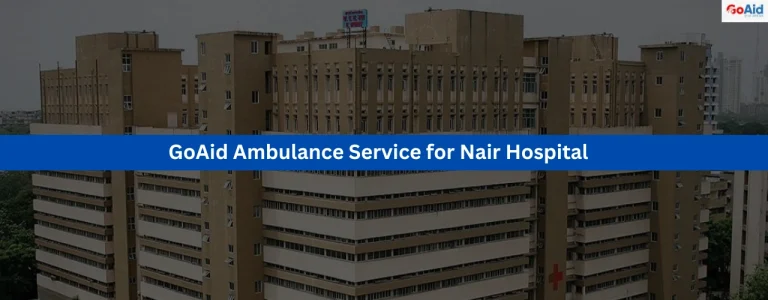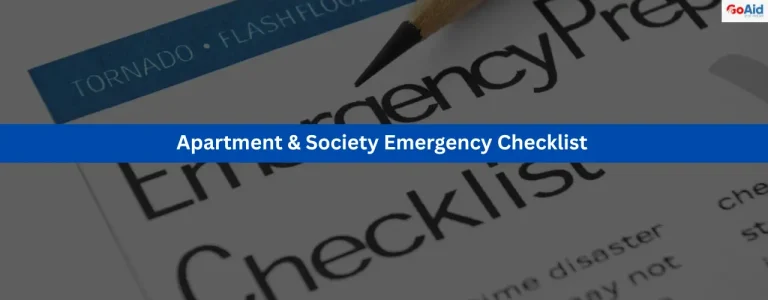IndiaŌĆÖs emergency medical response suffers due to uncoordinated services and multiple local helplines. A Centralized Ambulance Booking System can streamline the process with a uniform booking process, real-time ambulance tracking, and a single ambulance number for India, ensuring timely and efficient care in critical situations.
What Is a Centralized Ambulance Booking System?
A Centralized Ambulance Booking System is a digital ambulance network that connects citizens to emergency vehicles through a centralized EMS platform. It uses an ambulance booking app, ensures faster ambulance response time, and enables top emergency response through a uniform booking process and integrated emergency services, all via a single ambulance number India can rely on.
The Need for a Unified Emergency Medical Response
IndiaŌĆÖs current emergency services are disjointed, with no centralized EMS platform to ensure quick action during critical moments. Without a centralized ambulance booking system, delays, confusion, and miscommunication often occur. A single ambulance number for India would drastically reduce the time taken to connect patients with care providers.
A uniform booking process across the country, supported by a digital ambulance network, would enhance real-time ambulance tracking and streamline ambulance dispatch systems. The public deserves access to the best ambulance helpline that ensures a faster ambulance response time, regardless of location. A one-nation one ambulance system would help bridge the gap between emergencies and timely medical intervention through integrated emergency services.
Current Challenges in IndiaŌĆÖs Fragmented Ambulance Booking Process
Despite rising medical emergencies, IndiaŌĆÖs ambulance system remains scattered and inconsistent. Here are 10 challenges that highlight the urgent need for a centralized ambulance booking system and better emergency medical response nationwide:
- Multiple Helpline Numbers: Without a single ambulance number for India, people must remember various regional helplines, delaying emergency response and increasing patient risk during critical moments.
- Lack of Real-Time Tracking: Most services lack real-time ambulance tracking, making it hard for patients or hospitals to know the ambulance’s location, ETA, or availability in emergencies.
- Delayed Response Times: Poor coordination among services leads to a slower ambulance dispatch system, resulting in longer ambulance response times during critical medical situations.
- Unverified Local Operators: In the absence of a centralized EMS platform, many people rely on unverified local ambulances, risking patient safety and overpaying for unreliable services.
- No Standard Pricing: The lack of a uniform booking process results in inconsistent pricing for similar ambulance services, especially during high-demand or night-time emergencies.
- Fragmented Digital Access: ThereŌĆÖs no common ambulance booking app that works nationwide, causing people to download multiple apps or call various vendors during medical emergencies.
- Limited Rural Reach: Fragmented services often ignore rural areas. A digital ambulance network and integrated emergency services could ensure better coverage across remote locations.
- Miscommunication Between Hospitals & Ambulances: Without integration, hospitals and ambulances often operate separately, which hampers coordination and slows emergency medical care.
- Duplicate Bookings: Due to a lack of system integration, families sometimes book multiple ambulances unknowingly, causing confusion and wastage of resources.
- No Emergency Data Centralization: A centralized ambulance booking system could store emergency trends and patient movement data, improving top emergency response planning and policies.
Benefits of Having a Single Ambulance Number Across India
Introducing a single ambulance number for India can transform emergency healthcare by offering consistency, faster service, and nationwide coverage. Below are 10 benefits of a centralized ambulance booking system using integrated technology and a uniform booking process:
Quicker Response Time
A centralized EMS platform connects callers instantly to the nearest available ambulance, reducing delays and ensuring a faster ambulance response time in life-threatening emergencies.
Nationwide Accessibility
A single, unified number works in every city and village, helping citizens reach emergency medical response services quickly, regardless of location or regional restrictions.
Reduces Public Confusion
With only one ambulance helpline number, people no longer need to search for local contacts or apps, improving clarity and saving critical minutes during emergencies.
Efficient Ambulance Dispatch
A digital ambulance network allows real-time coordination of available units, enabling an optimized ambulance dispatch system with better coverage and allocation.
Better Government Monitoring
A centralized ambulance booking system makes it easier for authorities to monitor emergency trends, patient loads, and allocate healthcare resources effectively.
Standard Pricing Structure
A uniform booking process across India ensures regulated and transparent pricing, eliminating overcharging and bringing fairness to patients in distress.
Reduces Duplicate Bookings
A single ambulance number links to an integrated system that prevents double bookings, thus reducing confusion and resource wastage.
Data-Driven Emergency Services
The system collects vital data on ambulance usage, which helps improve emergency response planning and healthcare policy implementation.
Streamlined App Support
With one platform, citizens can use a single ambulance booking app connected to the same number, simplifying access and tracking.
Builds Public Trust
A unified ambulance helpline number boosts public confidence in the healthcare system, ensuring they know help is always one call away.
GoAidŌĆÖs Contribution Toward a Nationwide Ambulance Booking Model
GoAid is actively paving the way for a one-nation one ambulance system by offering a tech-enabled, centralized EMS platform that addresses the gaps in IndiaŌĆÖs fragmented ambulance services. Here are 10 impactful contributions:
App-Based Central Booking
GoAid provides a user-friendly ambulance booking app that works across multiple cities, making emergency access simpler and centralized.
24/7 Nationwide Service
GoAid is expanding to ensure 24/7 ambulance services in India, aligning with the vision of a unified emergency medical response for all.
Real-Time Ambulance Tracking
With real-time ambulance tracking, users and hospitals can monitor arrival times, enhancing trust and planning during emergencies.
Centralized Call Support
GoAidŌĆÖs ambulance helpline number connects users to the nearest verified ambulance, reducing delays and confusion in panic situations.
Pan-India Expansion Plans
GoAid aims to offer top emergency response services in every state, building the foundation for a truly national ambulance network.
Standardized Pricing
It promotes fair, transparent pricing models through its platform, helping reduce financial exploitation during emergency transport.
Integration with Hospitals
GoAid is working on hospital-ambulance integration to streamline patient handover, improving coordination in trauma or ICU cases.
Training Paramedics
GoAid invests in skilled staff and paramedic training, ensuring its ambulances offer high-quality care, crucial for critical transport cases.
Government Collaboration Ready
GoAidŌĆÖs model aligns with potential public-private partnerships, making it suitable for integration into a government-backed centralized EMS platform.
Tech-Driven Dispatch System
GoAidŌĆÖs smart ambulance dispatch system ensures that the nearest and best-equipped ambulance is always deployed, improving efficiency and saving lives.
Why ŌĆ£One Nation, One Ambulance SystemŌĆØ Is the Future
IndiaŌĆÖs current emergency response system suffers from delays, miscommunication, and inconsistent services. A centralized ambulance booking system powered by a digital ambulance network and real-time ambulance tracking ensures timely responses. This setup reduces confusion, especially in rural and semi-urban regions where emergency medical care is already limited.
The concept of a “One Nation, One Ambulance System” promotes a uniform booking process and stronger integrated emergency services. With a single ambulance number India can rely on, patients receive faster, reliable care via a centralized EMS platform. This future-ready solution bridges urban-rural healthcare gaps and positions India for a smarter, more accessible ambulance dispatch system.
Conclusion to the Why India Needs a Centralized Ambulance Booking System
A centralized ambulance booking system backed by real-time tracking, a uniform booking process, and a single ambulance number in India will revolutionize our emergency response. ItŌĆÖs time India adopts this digital transformation for efficient, life-saving outcomes.
F&Q
Question-1: What is a centralized ambulance booking system?
Answer: A centralized ambulance booking system connects all ambulance services through a digital platform, allowing users to book ambulances quickly via a single app or number.
Question-2: Why is a single ambulance number important for India?
Answer: A single ambulance number in India ensures quicker access, eliminates confusion, and standardizes emergency medical services nationwide.
Question-3: How does real-time ambulance tracking help during emergencies?
Answer: Real-time ambulance tracking improves coordination, reduces waiting time, and enables hospitals to prepare for the patientŌĆÖs arrival in advance.
Question-4: Can a centralized EMS platform improve response time?
Answer: Yes, a centralized EMS platform enables faster ambulance response time by streamlining dispatch processes and ensuring the nearest vehicle is sent immediately.
Question-5: How does GoAid support the centralized ambulance model?
Answer: GoAid uses a digital ambulance network with real-time tracking, fast dispatch, and app-based booking to offer top emergency response services.
Question-6: What challenges exist in IndiaŌĆÖs current ambulance dispatch system?
Answer: The current system is fragmented, lacks coordination, has multiple helplines, and often delays ambulance arrival due to poor tracking and communication.
Question-7: What are integrated emergency services?
Answer: Integrated emergency services combine ambulance, police, and fire responses under a centralized platform for better coordination and efficiency.
Question-8: How will a digital ambulance network benefit rural areas?
Answer: A digital ambulance network ensures equal access in rural regions through centralized booking, GPS-enabled dispatch, and standardized services.
Question-9: Is the uniform booking process user-friendly?
Answer: Yes, the uniform booking process is app-based or dial-based, simple to use, and offers consistent ambulance access across all regions.
Question-10: What makes the ŌĆ£One Nation, One Ambulance SystemŌĆØ ideal for India?
Answer: It ensures nationwide emergency access, faster response, reduced confusion, and better healthcare delivery through a centralized ambulance dispatch system.
